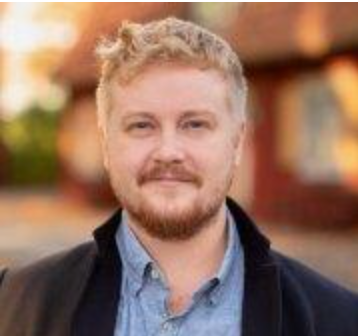Video
ADHD Management: Nonpharmacological Approach
Author(s):
Transcript:
Theresa Cerulli, MD: How about some nonpharmacological therapies that you might use to treat ADHD [attention deficit hyperactivity disorder] in those situations that are questionable with regard to pharmacological intervention?
Frank Lopez, MD: I have to say that I grew up in a time, in terms of ADHD, where medication alone was not the way to do it. It’s medication plus supportive interventions. Typically the ones we tend to use the most are cognitive behavioral therapy, as well as flipping some family therapy.
The cognitive behavioral therapy, what I look forward to having the parents and the child do, is to be able to identify the problems that they’re having presently. And having that therapist work with them, in conjunction with the medication that we provide, so they can analyze that problem, put it together into perspective, and break it down. Life is made up of many little things, not a few big things.
Because of ADHD, parents and children get overwhelmed very easily. It’s necessary to stop, take a breath, and break it down into smaller chunks. I think the cognitive behavioral therapy really helps with that.
It also allows us to expand to the parents. Regarding the family therapy, the 1 thing I really don’t like to have happen in family-type therapy is that they target the child. I don’t want them targeting the patient per se.
Theresa Cerulli, MD: It’s a systems issue.
Frank Lopez, MD: Yeah, exactly. I want them to look at the whole entity and say, “You know, look, parents, let’s see what you have going for you.” It’s really easy for you and I and the clinicians who are listening to us today to identify the weaknesses. But we need to address the strengths of the individual. What strengths does this patient with ADHD have? What strengths do these parents have? Once we have that—the weaknesses are there, they’re self-evident—we can bring those weaknesses into play using the strengths to build that family back up.
That’s the best way I can describe it. But it’s a combination approach between medication, the right diagnosis, the right medication and response, and then the supportive interventions. It’s a 3-pronged approach if not more.
Theresa Cerulli, MD: Yeah, I’m going to make it a 4-pronged approach. I’m thinking of the 4 legs of a table, to support. You’ve mentioned a couple. I also think about coaching. So executive functioning coaching, right? A lot of folks with ADHD have trouble with organization, and I’m not just talking about how you clean your room, but the way they organize their thoughts can be challenging.
Working with a coach to create some structure as opposed to therapy, but structure, just sort of the nuts and bolts of how to get through the day. How do you pack your backpack in the morning? How do you be on time for your classes? How do you make sure you haven’t lost your phone? It’s common occurrence in my own household, so I can imagine what it’s like for others as well. Especially with the genetics of ADHD being strong, a lot of times when you have a child with ADHD, 1 or both parents might have ADHD. Creating that structure within the family therapy might be challenging, but having a coach the child can work with on some of the structural pieces—the child and/or the parents. In other words, parent coaching as well can be very useful in these situations.
The fourth leg of the table is exercise. Exercise is a natural stimulant. It resets the attention button in the brain if you do some vigorous exercise on your breaks when you’re studying or when you’re in your Zoom meetings. Later in this discussion we’ll get to changes with COVID-19 [coronavirus disease 2019] that we’ve seen. But exercise can be a good reset button for the brain, the natural stimulus, a natural focusing tool. So I add that as another supportive measure.
Frank Lopez, MD: I’m going to take you up on that because some of us are slightly overweight, not that I’m talking about myself. But exercise does release neurotropic factor, which is actually quite important in learning and memory.
Theresa Cerulli, MD: Neurotropic factor.
Frank Lopez, MD: Yeah. Neurotropic factor. The more we learn about the mechanisms of action in this disorder, the better we can set up the table. So thank you, that’s a great fourth leg.
Theresa Cerulli, MD: When you talk about the brain again, it’s nice to remember not only the genetic condition but the underlying neurobiology of it, when we talk about why exercise may help, why are treatment options. What are we doing with our treatment options, and where is ADHD happening in the brain? Remembering that this is a prefrontal cortex problem in the brain as well as a basal ganglia and the connectivity between these areas as well as a bit in the cerebellum. The things we’re doing when we talk about treatments, both pharmacological and nonpharmacological, are really trying to help support these areas in the brain do their job more efficiently and effectively.
Transcript Edited for Clarity

























